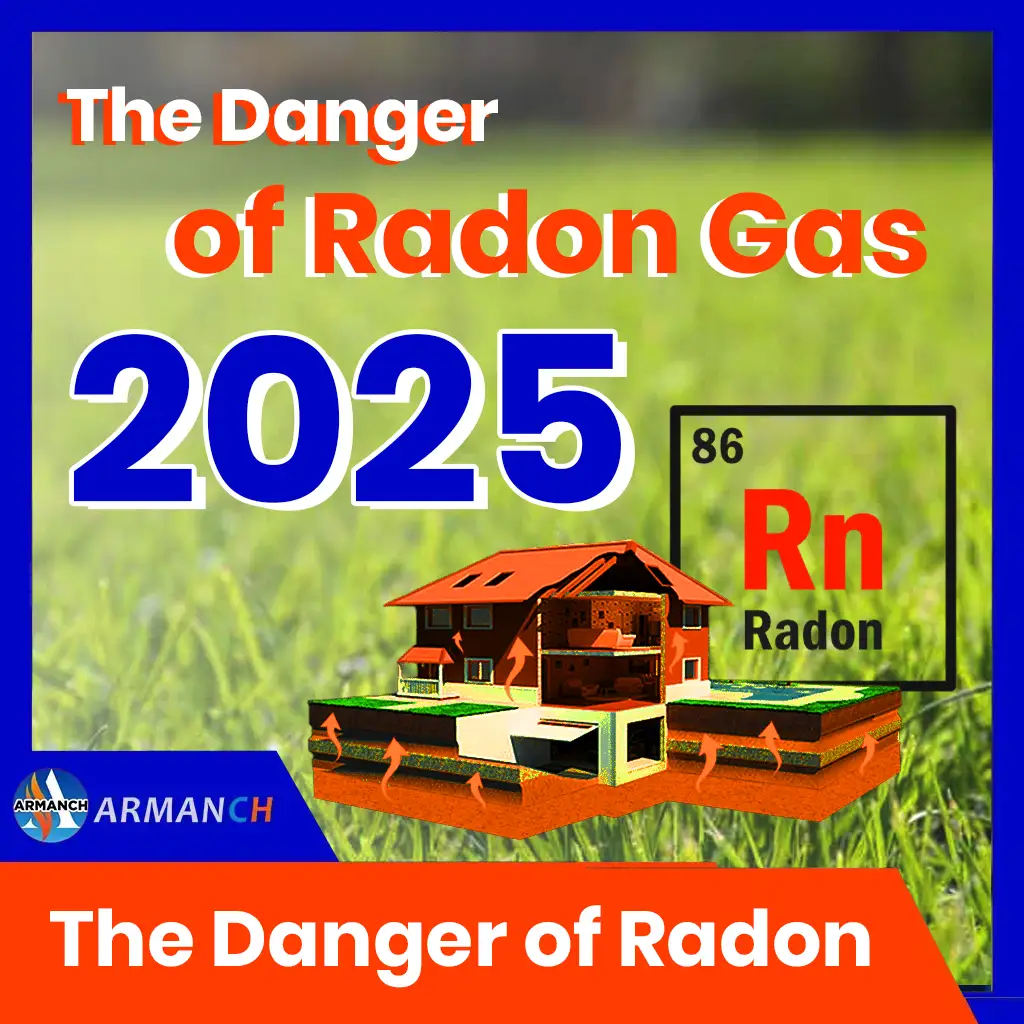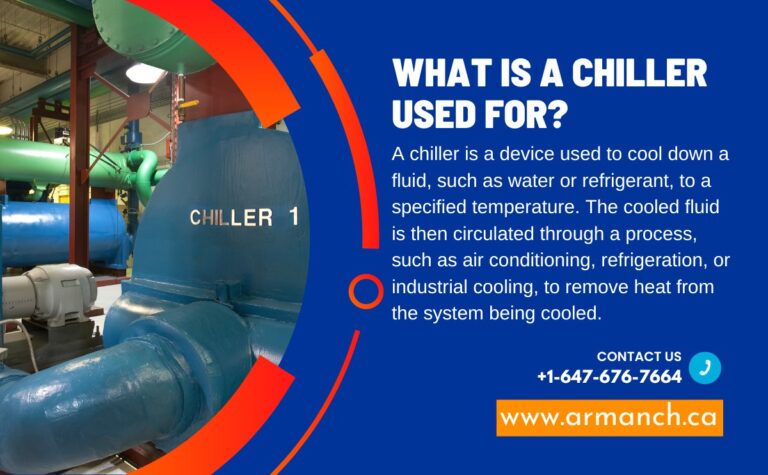
How do chillers work?
Understanding Chillers
Chillers are the workhorses behind many cooling systems, from air conditioning in buildings to keeping food fresh in supermarkets. They work by efficiently removing heat from a fluid, typically water or a refrigerant. This cooled fluid then circulates through a system, absorbing heat from its surroundings.
What do chillers do?
Chillers have a wide range of applications, including:
⦁ Air Conditioning: Chillers cool the water or refrigerant used in air conditioning systems, keeping buildings comfortable.
⦁ Refrigeration: Supermarkets, food processing plants, and other facilities use chillers to cool refrigerants, ensuring food safety and preservation.
⦁ Industrial Cooling: Many industrial processes require precise temperature control. Chillers cool lubricants, hydraulic fluids, and other hot liquids used in these processes.
⦁ Data Centers: The massive amount of heat generated by computer servers in data centers is managed by chillers, preventing overheating and ensuring smooth operation.

Why are chillers beneficial?
There are several advantages to using chillers:
⦁ Precise Temperature Control: Chillers can maintain a specific fluid temperature, crucial for many industrial and commercial processes.
⦁ Energy Efficiency: Compared to other cooling methods, chillers are designed to be energy-saving, reducing operational costs.
⦁ Enhanced Process Control: In some industries, maintaining a specific temperature is vital for efficient and problem-free operation. Chillers ensure this consistency.
⦁ Increased Cooling Capacity: Chillers come in various sizes. Adding a chiller to an existing system can boost its cooling power when needed.
⦁ Improved Safety: Chillers offer a safer and more controlled cooling method for hazardous materials compared to other options.
⦁ Reliable Operation: Chillers are built for reliability, minimizing downtime and disruptions in cooling systems.

How does a chiller work?
Chillers use a refrigeration cycle to remove heat from a fluid and release it to the environment. Here’s a breakdown of the key components:
⦁ Compressor: This pump pressurizes the refrigerant, increasing its temperature.
⦁ Evaporator: Here, the compressed refrigerant absorbs heat from the fluid being cooled, causing it to evaporate (turn into gas).
⦁ Condenser: The hot refrigerant gas travels to the condenser, where it releases the absorbed heat to the surrounding air or water (depending on the chiller type). During this process, the refrigerant condenses back into a liquid state.
⦁ Expansion Valve: This valve controls the flow of refrigerant back to the evaporator. By regulating pressure, it helps maintain the ideal temperature for heat absorption.
The cycle is continuous. The chilled fluid then circulates through the system, absorbing heat, and the cycle repeats. There are different chiller types, including air-cooled, water-cooled, and evaporative, each with its own operating method.
- HVAC-R
- Design and Permit Services
- Hydronic & Hot Water Services
- Heating and Cooling Services
- Air Conditioning Services








